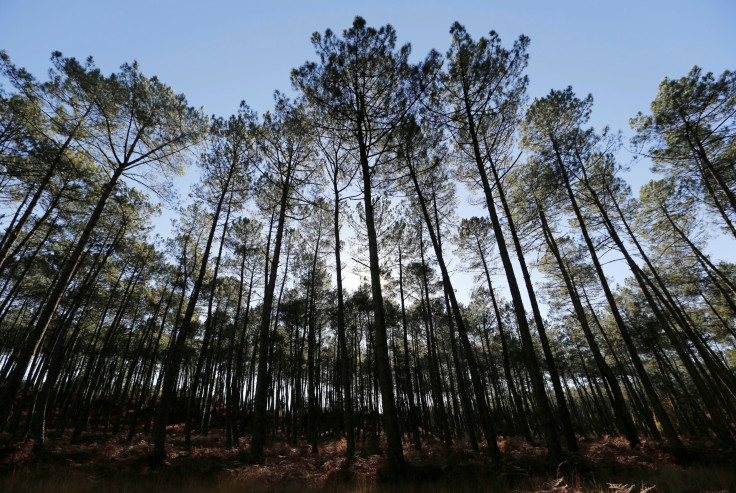Climate Change Mitigation: Photosynthesis By Plants Increased 30% In 200 Years

While human activity in the past 200 years, since the advent of the industrial revolution, has poured in carbon dioxide and other greenhouse gases into Earth’s atmosphere at an unprecedented pace, scientists have now confirmed that plants around the world have also increased the amount of photosynthesis they do. While nowhere near enough to offset the rise in atmospheric carbon dioxide concentration, global photosynthesis went up by 30 percent in the last 200 years, a study published Wednesday found.
Appearing in the journal Nature, the paper estimates the growth in photosynthesis “based on long-term atmospheric carbonyl sulfide (COS) records, derived from ice-core, firn and ambient air samples.” Its findings are consistent with the figures used in climate models, including the assessment by the Intergovernmental Panel on Climate Change.
Read: By 2250, Earth Could Be Warmer Than The Last 420 Million Years
Elliott Campbell from the University of California, Merced, led the study, and in a statement Tuesday, he said: “Studies have already demonstrated unprecedented changes in climate and greenhouse gases during the industrial era. Now we have evidence that there is also a fundamental shift in the Earth's plants.”
But the spurt in photosynthesis, which is linked to global plant growth, is not necessarily a good thing. Such a large growth is possibly caused by a number of factors working together, none of which are positive. These include “rising atmospheric CO2 levels, a result of emissions from human activities; longer growing seasons, a result of climate change caused by CO2 emissions; and nitrogen pollution, another result of fossil fuel combustion and agriculture,” according to the statement.
Pointing out the flip side of increased carbon dioxide stimulating plant growth, Campbell said: “The rising CO2 level stimulates crops yields. But it also benefits weeds and invasive species. Most importantly, CO2 emissions cause climate change, which will increase flooding of coastal cities, extreme weather and ocean acidification.”
Global photosynthesis was stable for a long time before the industrial revolution began about 200 years ago, and it grew rapidly since, especially in the 20th century, the study said.
“The increase in photosynthesis has not been large enough to compensate for the burning of fossil fuels. Nature’s brakes have already been overwhelmed. So now it’s up to us to figure out how to reduce the CO2 concentration in the atmosphere,” paper co-author Joe Berry, from the Carnegie Institution for Science, said in the statement.
© Copyright IBTimes 2024. All rights reserved.











